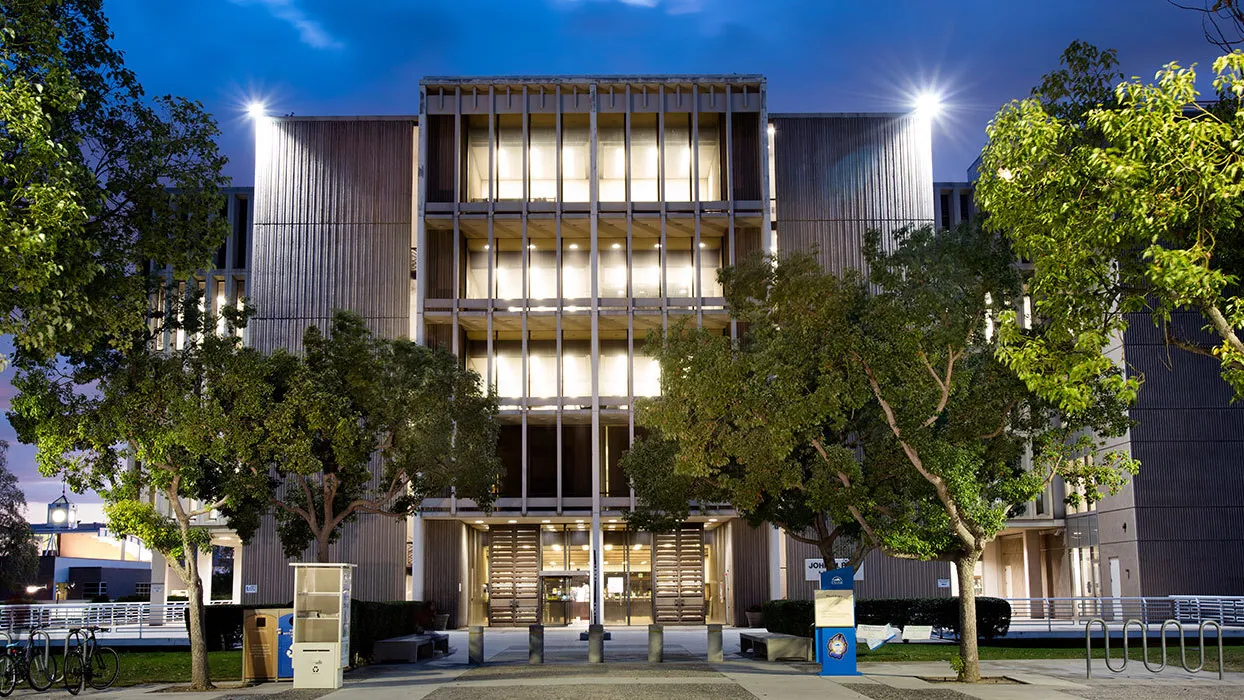
Family and friends packed Coussoulis Arena for Cal State San Bernardino’s two commencement ceremonies on Dec. 10, in which 1,200 students formally marked a major milestone in their educational careers.
“Graduates, you have accomplished much during your years here; not only for yourselves, but for your families, for your community and for society,” CSUSB President Tomás D. Morales said during his commencement address at the two ceremonies. “I have every reason to believe that you will embark on a lifelong mission to change lives and that our world will be the better for it.”
The 16th December Commencement morning ceremony was held for the university’s colleges of Arts and Letters, Education and Social and Behavioral Sciences. The afternoon ceremony featured the College of Natural Science and the Jack H. Brown College of Business and Public Administration.
The afternoon ceremony included a moment of silence for Brown, the business college’s namesake and longtime supporter of the university, who died Nov. 13.
“Jack was firmly committed to the belief that the future of the Inland Empire depends on adding well-trained, caring graduates to the local workforce,” Morales said before asking for the moment of silence. “He saw his contributions to CSUSB as a way to help people get a better education and as a way to thank all those who helped him over the years.
“At Cal State San Bernardino, Jack’s caring and kindness will remain a vital part of who we are, from the college that bears his name to the many dreams of our students that will be realized for generations to come,” Morales said.
This year, the College of Social and Behavioral Sciences has the largest number of students (354) registered to participate in the December ceremony, followed by the Jack H. Brown College of Business and Public Administration (297), the College of Natural Sciences (212), the College of Arts and Letters (177), and the College of Education (40).
The December Commencement is especially popular with out-of-state and international students who have completed their studies in fall and are likely unable to return for the traditional June graduation, which usually averages about 3,000 graduating students.